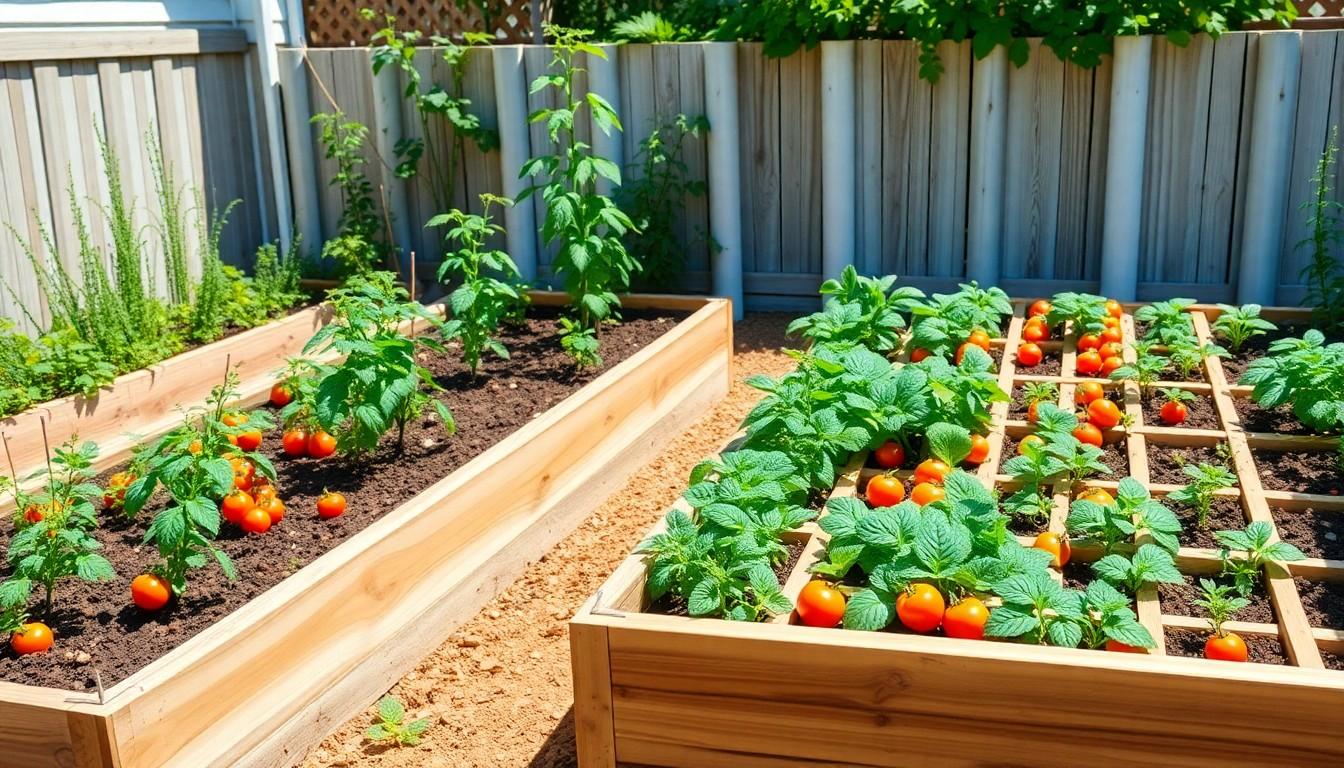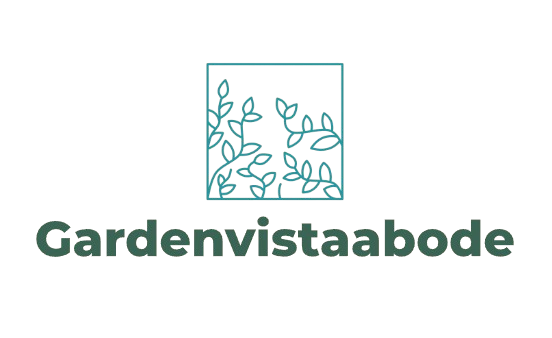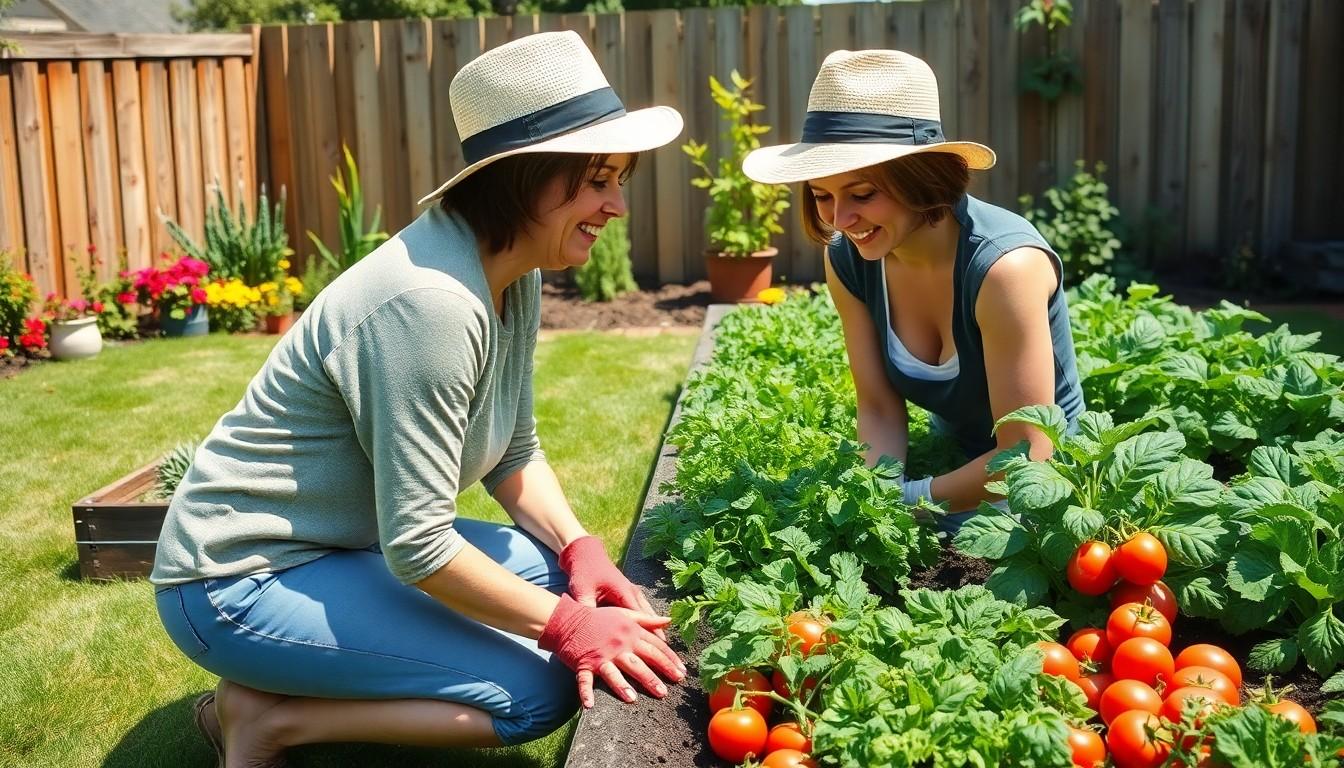Growing your own veggies can feel like a superpower, and with raised vegetable garden layout plans, you can unleash that power right in your backyard. Imagine stepping outside to grab a fresh tomato or a crisp cucumber, all while avoiding the dreaded grocery store lines. It’s like having a personal salad bar, but without the awkward small talk with the cashier.
Importance Of Raised Vegetable Garden Layout
A well-planned raised vegetable garden layout plays a crucial role in maximizing productivity and maintaining plant health. Prioritizing the arrangement allows for efficient use of space and resources.
Benefits Of Proper Layout
Proper layout improves accessibility for planting and harvesting. Efficient spacing promotes healthy air circulation, reducing the risk of disease. Diverse plant arrangement can enhance pollination and pest control. Sunlight exposure becomes optimized, ensuring each plant receives adequate light. Soil health benefits from proper layout, as it allows for better drainage and nutrient distribution. Gardeners can enjoy a visually appealing design that adds aesthetic value to the outdoor space.
Common Mistakes To Avoid
Neglecting to consider plant height leads to shading issues, reducing growth potential. Overcrowding plants results in competition for resources, impacting yield and health. Ignoring sunlight patterns can cause certain areas to remain shaded, stunting growth. Placing pathways too narrow restricts accessibility, making maintenance challenging. Failing to plan for watering systems may lead to dry patches or overwatered areas. Skipping crop rotation considerations can deplete soil nutrients and attract pests.
Types Of Raised Vegetable Garden Layout Plans

Several layout plans exist for raised vegetable gardens. Each plan offers unique advantages and can cater to different gardening styles and space availability.
Traditional Row Layout
Traditional row layout organizes plants in straight lines or rows. This method simplifies planting and harvesting. Gardeners often space rows 18 to 36 inches apart, allowing easy access for maintenance. It works well for larger vegetable varieties like tomatoes and peppers. With proper planning, sunlight exposure remains optimized. Variety selection should consider growth habits and height to minimize shading. Focusing on crop rotation practices further maintains soil health and reduces pests. This layout is both straightforward and time-tested.
Square Foot Gardening
Square foot gardening divides a raised bed into square sections, typically 1-foot squares. Each square accommodates a specific number of plants, depending on their mature size. For instance, one can plant 16 radishes in a single square or just one tomato plant. Gardeners often use grids or markers to create divisions. This method maximizes space efficiency, making it ideal for small yards or urban settings. It also encourages diverse plant choices in a compact area. Consistent watering and easy accessibility contribute to its popularity among home gardeners.
Spacing Guidelines For Different Vegetables
Spacing plays a crucial role in the health and yield of vegetable gardens. Specific guidelines exist for various vegetable types to ensure optimal growth.
Fast-Growing Vegetables
Fast-growing vegetables thrive with closer spacing. Leafy greens, such as lettuce and spinach, require about 6 to 12 inches apart. Radishes need a similar arrangement, spacing seeds 1 to 2 inches apart in rows 12 inches apart. With beans, maintain a distance of 3 to 4 inches between plants. These plants grow quickly, so adequate sunlight and airflow remain essential for preventing disease and promoting healthy yields.
Larger Vegetables
Larger vegetables require more substantial spacing to flourish. Tomatoes benefit from a distance of 24 to 36 inches apart. For squash varieties, spacing should be 24 to 36 inches as well, allowing ample room for sprawling. Peppers need 18 to 24 inches between each plant, supporting air circulation and sunlight penetration. Maintaining proper spacing for these vegetables helps avoid competition for resources, ensuring each plant has the opportunity to thrive.
Tools And Materials For Layout Planning
Effective layout planning for a raised vegetable garden requires specific tools and materials. These essentials facilitate the design and organization of the gardening space.
Essential Tools
Gardeners benefit from a few critical tools when planning. A garden planner serves as a visual aid for sketching out designs. Measuring tape ensures accurate spacing between plants. Garden stakes assist in marking the layout and boundaries of beds. Additionally, a level tool helps maintain even ground for optimal water drainage. Each tool plays a crucial role in establishing an efficient and productive garden layout.
Recommended Materials
Choosing the right materials enhances the garden’s functionality. Raised beds often utilize wood, such as cedar or redwood, due to their durability and resistance to decay. Landscape fabric promotes drainage and prevents weed growth. Soil amendments, including compost and fertilizers, enrich the growing medium. Mulch helps retain moisture and suppresses weeds. Selecting high-quality materials significantly contributes to the overall success of a vegetable garden.
Conclusion
A well-designed raised vegetable garden not only enhances the aesthetic appeal of a backyard but also significantly boosts productivity. By carefully considering layout plans and spacing, gardeners can create an environment that supports healthy plant growth and maximizes yields.
With the right tools and materials in hand, anyone can transform their gardening experience. Whether opting for traditional rows or square foot gardening, thoughtful planning is key. Embracing these principles will lead to a flourishing garden filled with fresh vegetables, making the journey from seed to harvest both rewarding and enjoyable.

